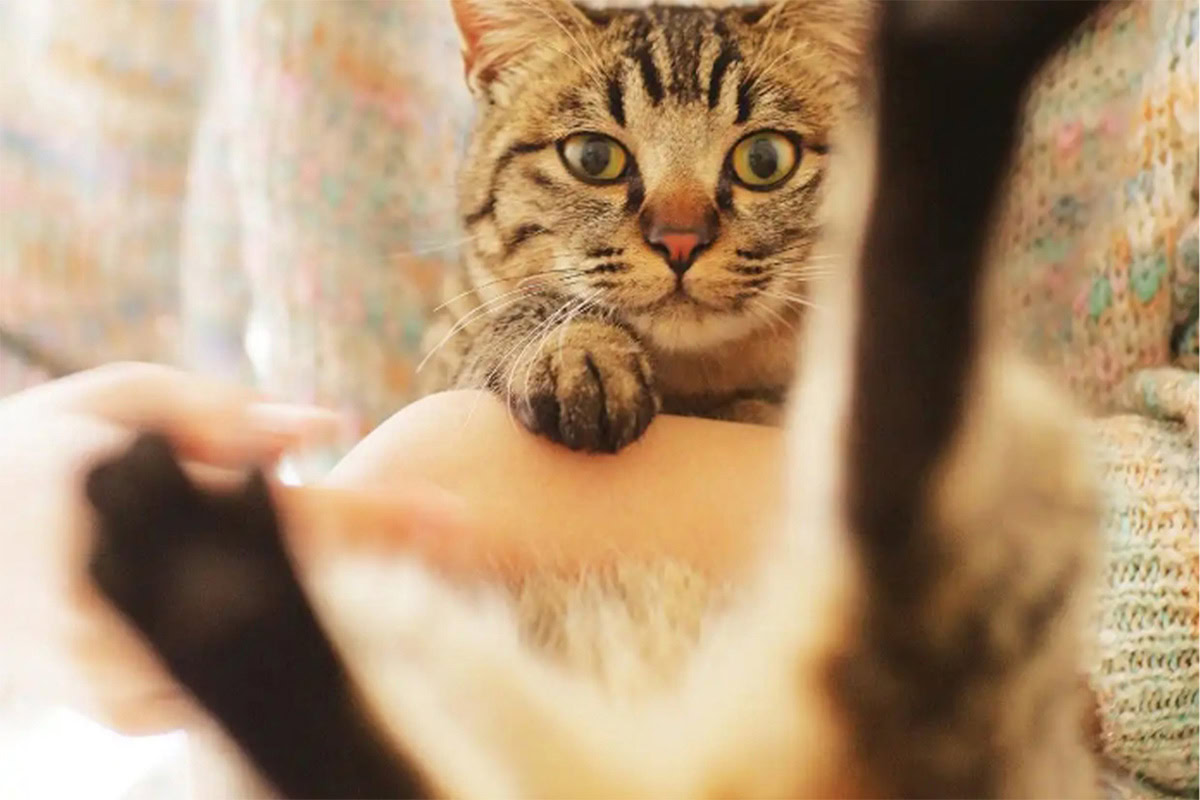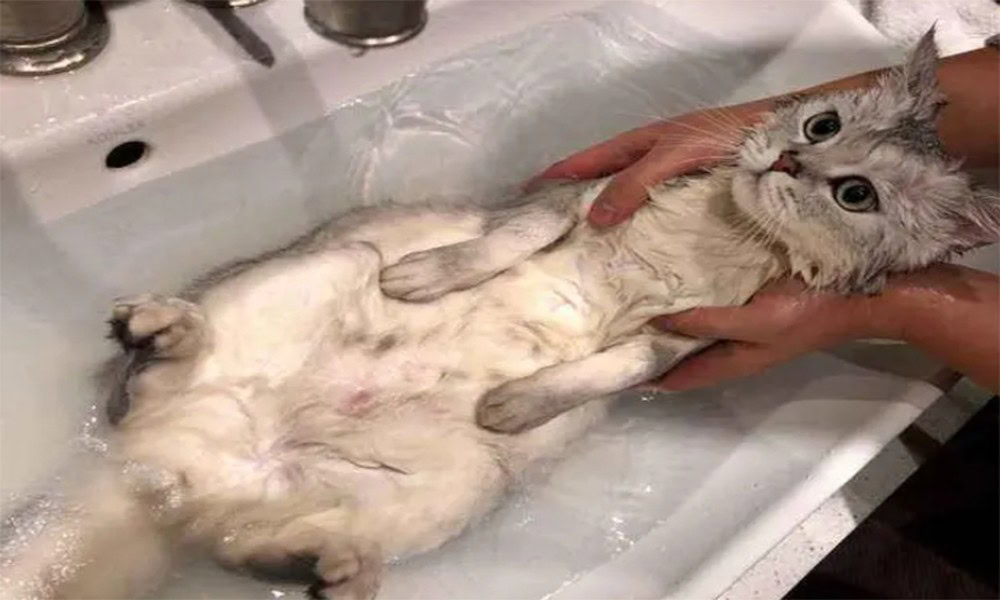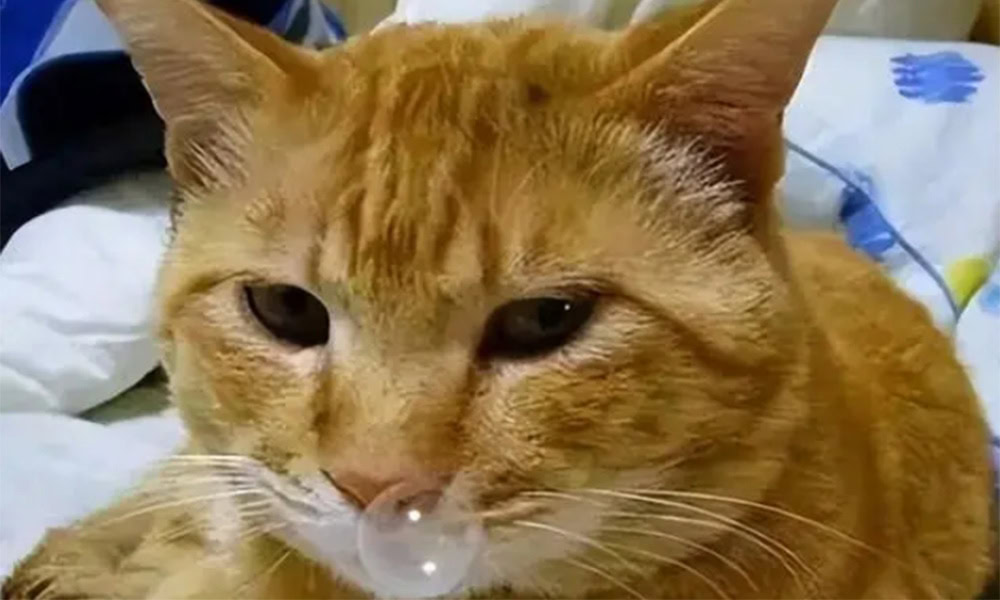Can Cats Thrive on Only Commercial Cat Food? Debunking Malnutrition Myths
Why Cats’ Nutritional Needs Are Unique
Cats are obligate carnivores, evolved to eat diets very high in animal protein, moderate in fat, and extremely low in carbohydrates. Their bodies require:
•Protein (≥ 26% for adults, ≥ 30% for kittens & nursing queens): Essential for muscle maintenance, tissue repair, and enzyme production.
•Fat (9 – 20% of calories): Provides energy and carries fat-soluble vitamins (A, D, E, K).
•Taurine & Arginine: Amino acids critical for heart function, vision, and ammonia detoxification.
•Vitamins & Minerals: Vitamin A (vision/immune), B-complex (metabolism), calcium & phosphorus (bone/teeth health at a 1:1–2:1 ratio).
•Water (60–70% of body weight): Feline kidneys concentrate urine; dietary moisture prevents urinary crystals and promotes kidney health.
Feeding the wrong balance can lead to skin/coat issues, urinary problems, metabolic disorders, and even cardiac or eye disease.
What’s Actually in Commercial Cat Food?
High-quality cat foods are formulated to meet AAFCO or FEDIAF nutrient profiles for each life stage (kitten, adult, senior). Typical ingredients include:
•Animal Proteins (chicken, turkey, fish, beef): Provide complete amino acid profiles.
•Animal Fats & Oils: Supply essential fatty acids (Ω-3 & Ω-6) and vitamins.
•Carbohydrate Sources: Limited grains or peas for kibble structure—ideally < 10–20% of calories.
•Added Taurine, L-Carnitine, & EPA/DHA: Support heart health, metabolism, and neurological function.
•Vitamin & Mineral Premixes: Ensure calcium, phosphorus, magnesium, zinc, vitamins A–E, B-complex, and trace elements are balanced.
Dry vs. Wet:
•Dry Kibble: 7–12% moisture, shelf-stable, great for dental abrasion.
•Canned/Pouch Wet: 70–80% moisture, supports hydration, often higher in protein and lower in carbs.
Can Exclusive Cat Food Feeding Cause Malnutrition?
In theory, if you choose a complete and balanced cat food and feed the correct amount, your cat should receive all required nutrients. However, potential pitfalls include:
1.Single-Product Limitations:
•Low Moisture (kibble only): May not meet water needs—risk of UTIs, crystals.
•Plant Protein Overload: Some formulas use vegetable protein concentrates that lack feline-optimal amino acids.
2.Palatability & Selective Eating:
•Cats can become bored with one flavor or texture, leading to under-consumption and nutrient gaps.
3.Life Stage & Health Variations:
•Kittens & Nursing Mothers: Require higher protein/calorie density.
•Seniors & Those with Disease: Renal, hepatic, or diabetic cats need specialized formulations.
Ensuring Complete Nutrition: Expert Tips
1.Rotate Formulations:
•Alternate between two high-quality dry foods or a mix of wet and dry to cover possible nutrient variances and boost interest.
2.Supplement Strategically:
•Moisture Boost: Add warm water or low-sodium broth to kibble.
•Protein Top-Ups: Offer small amounts of cooked chicken, turkey, or fish (deboned).
•Taurine & Fish Oil: Discuss with your veterinarian before supplementing.
3.Monitor Weight & Condition:
•Weigh your cat monthly. Look for a tucked-up waist, palpable ribs with slight fat cover, and a healthy coat.
4.Regular Veterinary Checkups:
•Annual (or bi-annual for seniors) bloodwork and urinalysis to catch early signs of nutrient imbalance or organ stress.
Feeding your cat exclusively on a complete and balanced commercial diet can support robust health—provided you choose the right formula, rotate between wet and dry, and monitor your cat’s condition. By staying vigilant about moisture intake, life-stage requirements, and veterinary checkups, you’ll ensure your feline companion thrives without nutritional deficiencies.


